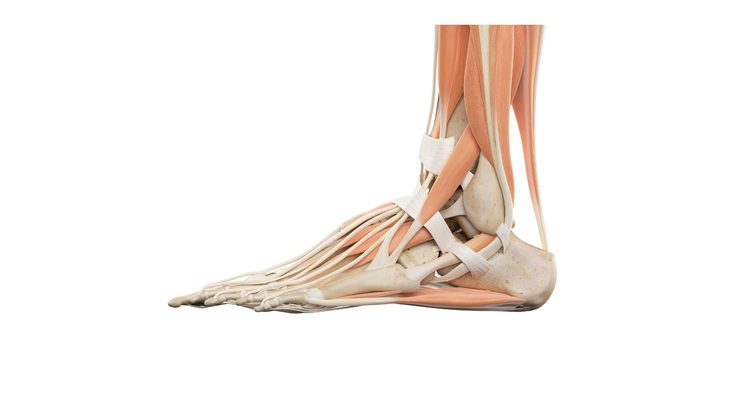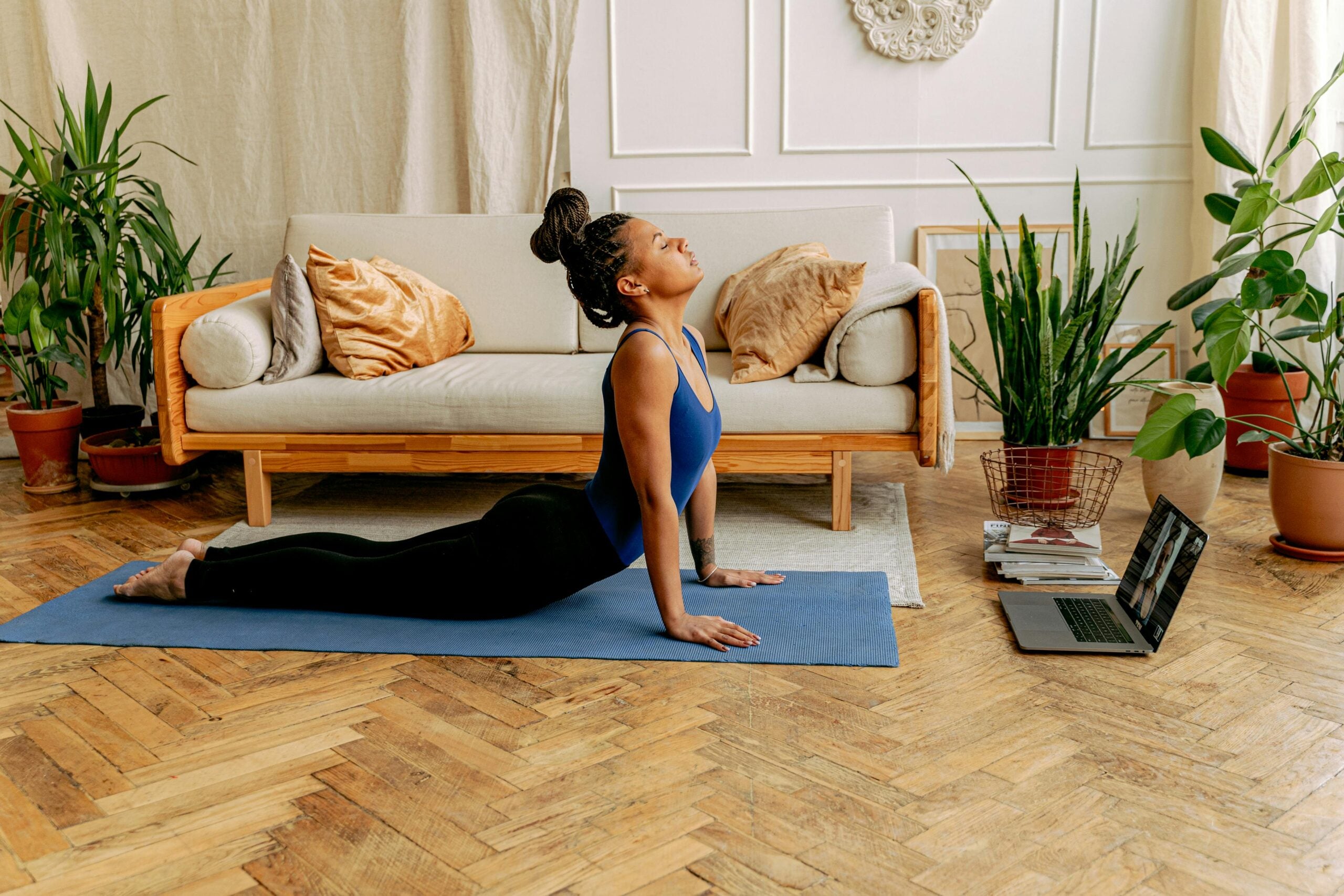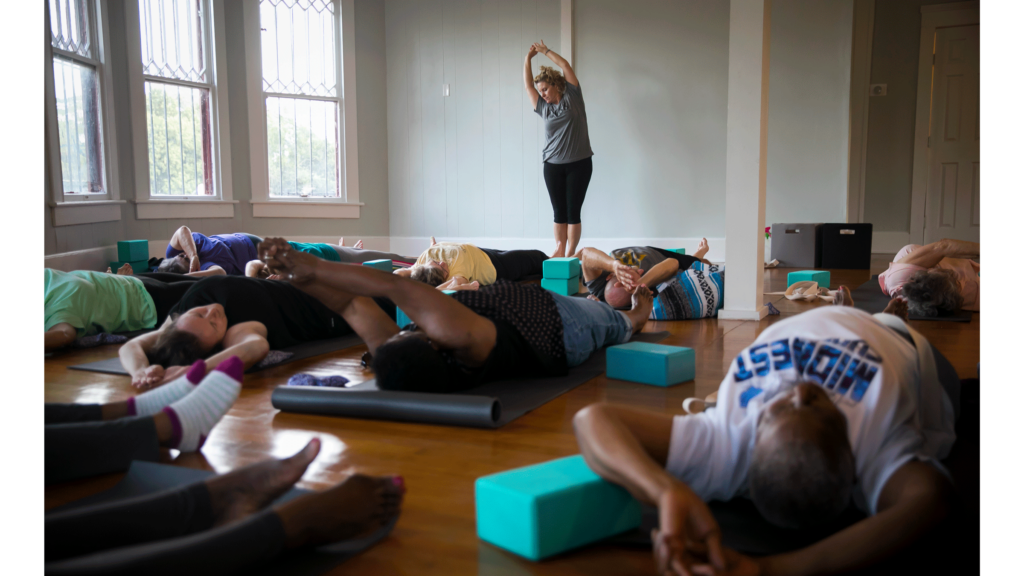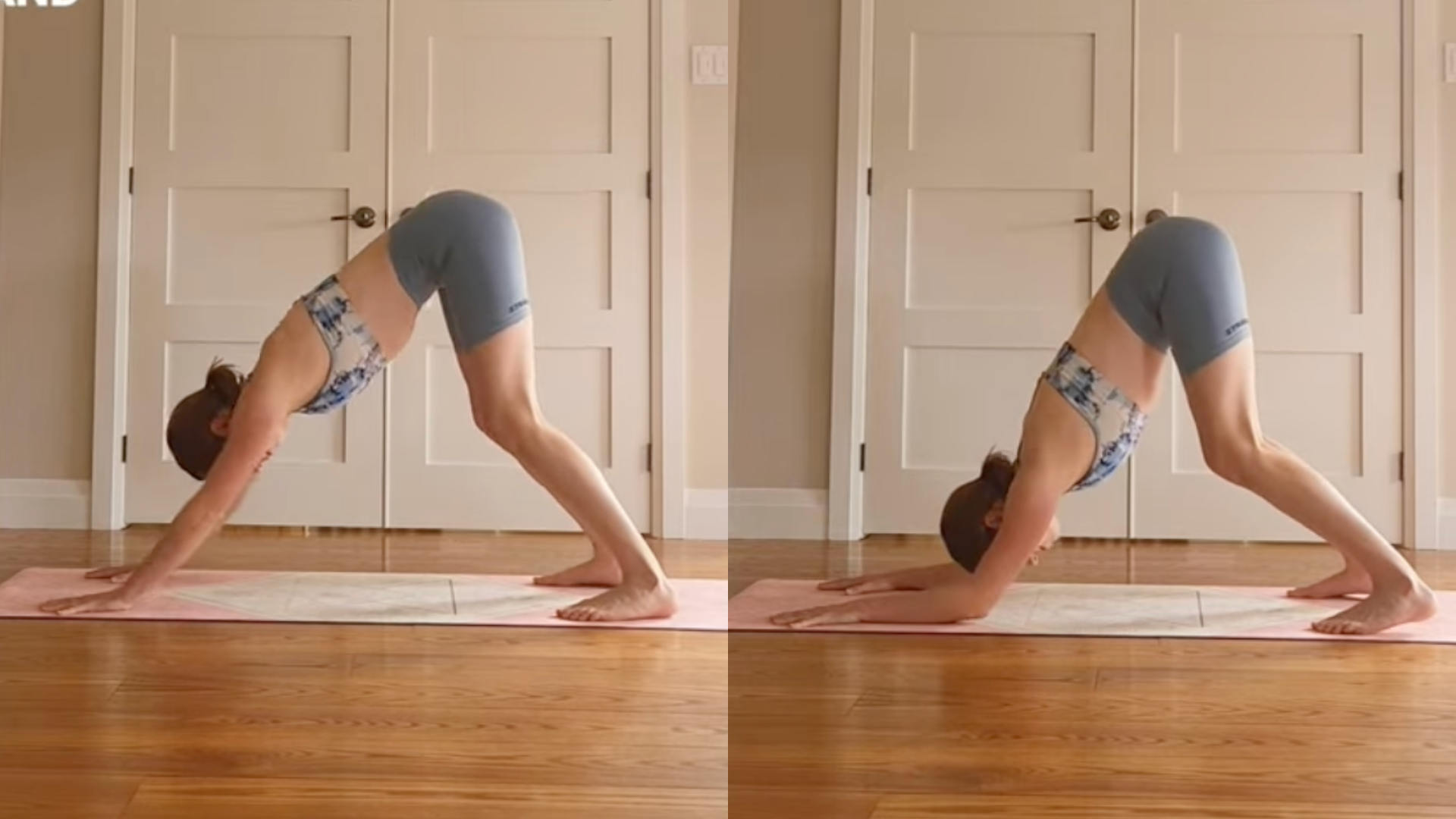“], “filter”: { “nextExceptions”: “img, blockquote, div”, “nextContainsExceptions”: “img, blockquote, a.btn, a.o-button”} }”>
Heading out the door? Read this article on the new Outside+ app available now on iOS devices for members!
>”,”name”:”in-content-cta”,”type”:”link”}}”>Download the app.
I didn’t realize how heavily my yoga practice played into my ankle’s vulnerabilities until I started trail running. Suddenly my highly mobile joints became a liability instead of a strength. More than once, I’d hit a patch of ice or uneven ground, end up with a rolled ankle, and spend the next few weeks hobbling through life and yoga and thinking, I need to practice ankle-strengthening exercises.
I’m not alone. Most sources estimate that between 70 and 90 percent of ankle rolls are “inversion sprains.” This means for those of us who don’t practice ankle-strengthening exercises, the sole of the foot turns inward, causing the outer ankle ligaments to lengthen and overstretch (or, in more extreme cases, tear).

Each time I nursed my unstable and quite painful ankle while trying to practice on my mat, I was struck by how much yoga focuses on ankle inversion—the very position that was my nemesis on the trails. Consider the position of your back ankle in any of these common shapes:
Warrior 1 (Virabhadrasana I)
Pyramid (Parsvakonasana)
Warrior 2 (Virabhadrasana II)
Extended Side Angle (Utthita Parsvakonasana)
Extended Triangle Pose (Utthita Trikonasana)
Reverse Warrior (Viparita Virabhadrasana)
That’s to say nothing of both ankles in Wide-Legged Standing Forward Bend (Prasarita Padottanasana). When I realized this discrepancy, it felt almost as if my yoga practice was training my ankles to move in a way that made another sprain more likely.
Slowing down my practice and focusing on lower body strength and stability, rather than flexibility, helped. But my ankles continued to bother me. In fact, I struggled to find a way to practice ankle-strengthening exercises that took me into ankle eversion anytime I was on the mat.
Some yoga teachers essentially cue that action in the back foot in Pigeon (Eka Pada Rajakapotasana) by asking you not to “sickle” or “banana” your foot. But doing it in that pose alone wasn’t enough to change anything when I was walking or running the trails. So I made it my mission to understand how to strengthen your ankles within an existing yoga practice.
3 Ankle-Strengthening Exercises in Yoga
Here’s how to strengthen your ankles in yoga poses, which in turn helps you in everyday life—regardless of whether you’re a trail runner or not.
1. Easy Pose (Sukhasana)
Whether you realize it or not, the components of your outer ankles tend to relax and lengthen slightly when you sit cross-legged. Any time you sit in Easy Pose, you can counteract this by pressing into the little toe edges of your feet. This engages your outer ankle muscles and lifts your outer ankle bones. Think of creating just enough space so you could slide a piece of paper between your ankles and the mat.
This is a strong place to start when you’re learning how to strengthen your ankles as it’s much easier to see what they’re doing when seated than when you’re standing or moving. With time and practice, you’ll reinforce what it feels like to engage the muscles of your outer ankles without having to keep an eye on your alignment. Also, since most of your body weight is on your sitting bones, you can refine your ankle position without also needing to stand or balance.
2. Side Plank (Vasisthasana)
The outer ankle of your bottom foot probably sags toward the mat in Side Plank, similar to Easy Pose—but it doesn’t have to. Each time you practice Side Plank, press down into the little toe side of your foot that’s on the mat and draw your outer ankle bone away from the floor. I like to visualize running a zipper upward from my outer foot, past my outer ankle bone to my outer knee and continuing on to my outer hip, my side waist, and side ribs to create a feeling of engagement and lift in my entire side-body.
This ankle-strengthening exercise is a logical progression from Easy Pose. It’s the same action in your bottom leg while supporting more of your body weight. As a bonus, it helps activate the legs and might make you feel more stable in a challenging balancing pose.
3. Balancing Poses
When you’re ready to test your ankle stability with even more body weight in standing poses, tiptoe work is your best friend. It reduces your contact with the mat and generally forces you to recruit the muscles of your feet and ankles to maintain your stability. You’ll know when the muscles of your outer ankles need to engage more because your weight will shift toward the outer edge of your foot. Instead, you want to disperse your weight evenly across the ball of your foot.
When I’m on tiptoes with both feet, I sometimes squeeze a block between my inner ankle bones or a tennis ball between my heels as I rise to tiptoes. The tactile contact of the prop gives me something physical to hug in around. In addition, the instant my outer ankles weaken, the prop falls. This lends extra reinforcement for the muscular action I want to remember and retain off my mat.
As a general rule during yoga, I replace Warrior 1 with High Lunge most of the time as bonus ankle strengthening for the back foot. I also practice ankle eversion in a lesser-known yoga balance pose—Toe Balance Palm Tree Pose (Prapadasana Urdhva Hastasana). It’s essentially Mountain Pose (Tadasana) or Upward Salute (Urdhva Hastasana) on tiptoes.







